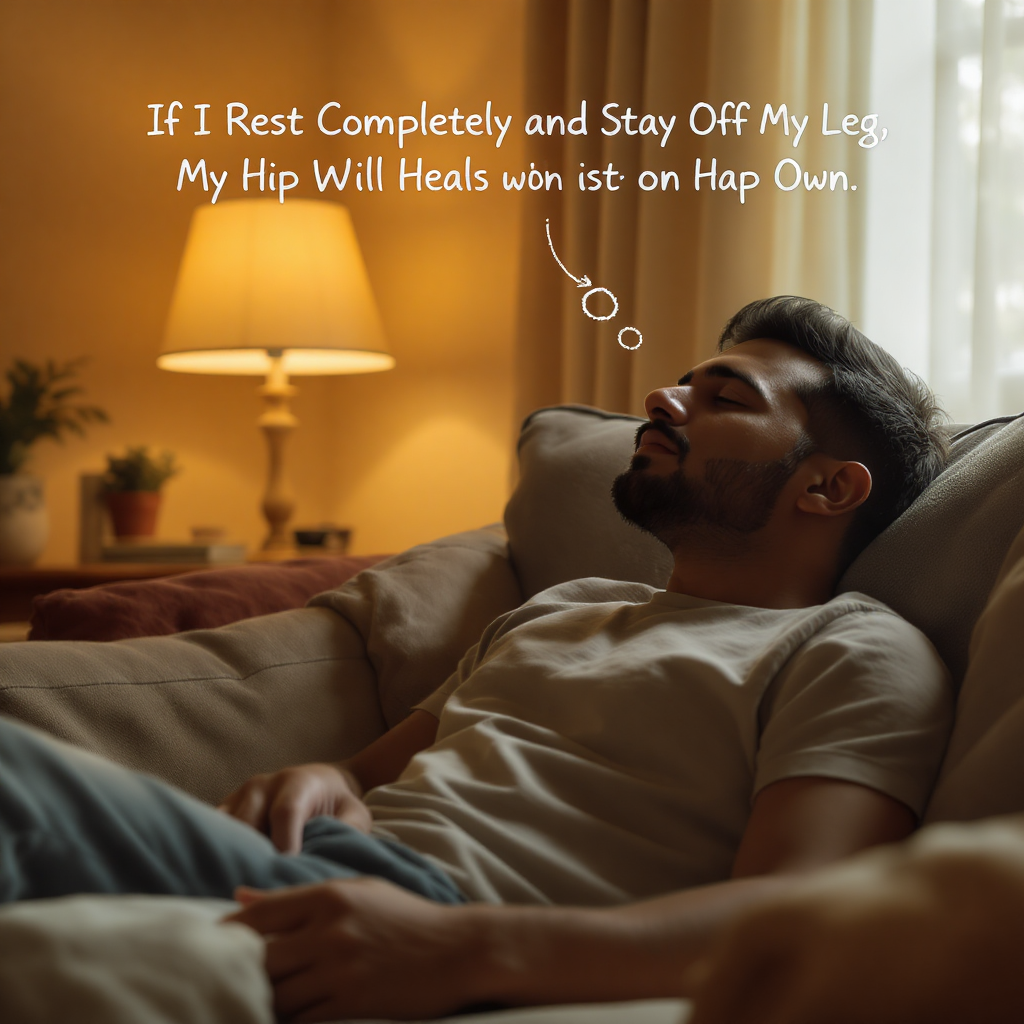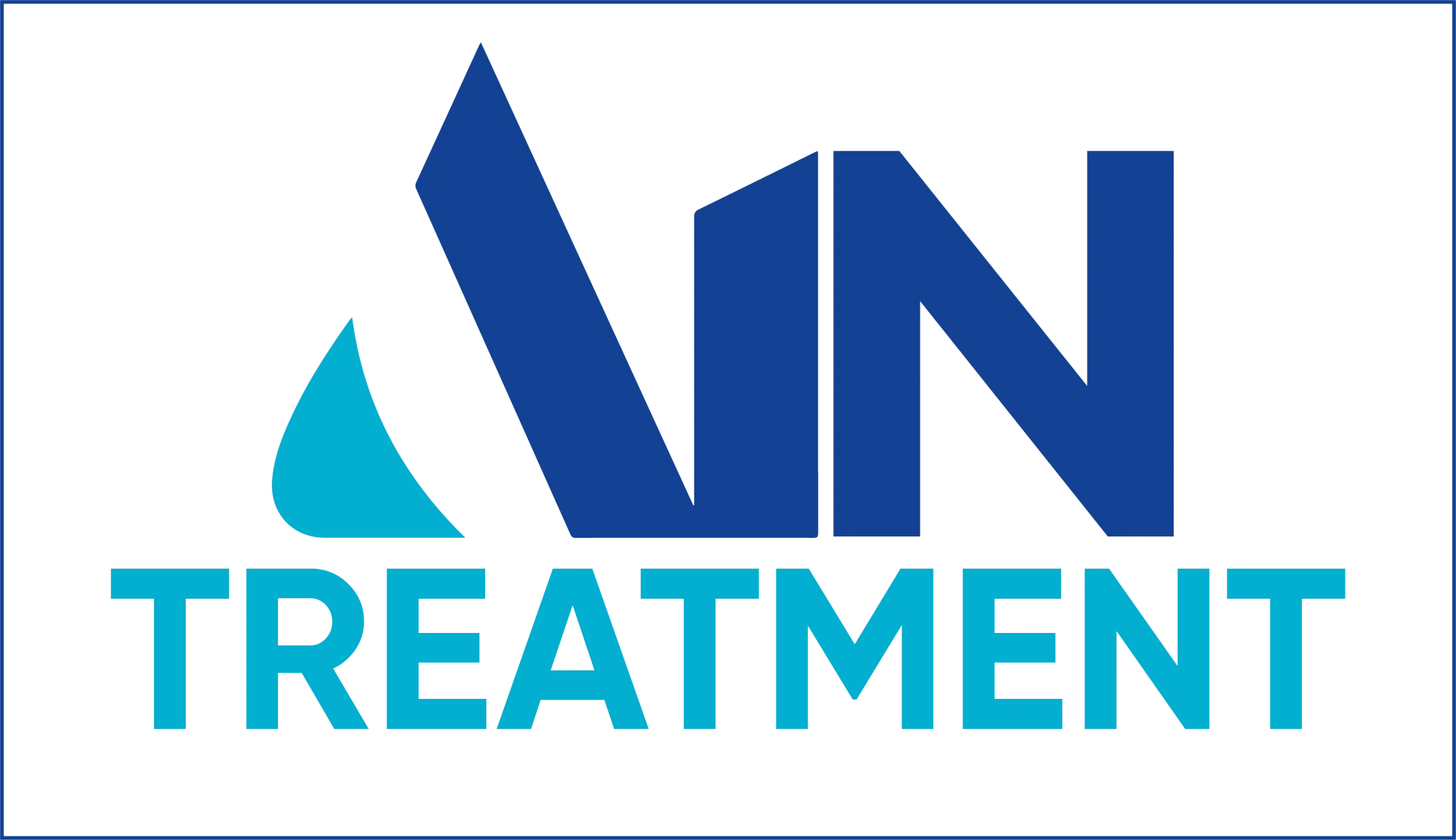Introduction
Top 5 Myths About AVN (Avascular Necrosis) Treatment can feel like a tidal wave. You are suddenly thrown into a world of complex medical terms, frightening prognoses, and conflicting information. The internet is filled with clinical studies, forum horror stories, and well-meaning but often outdated advice. It’s a landscape where myths can easily take root, causing unnecessary fear and leading patients down the wrong path.
One of the biggest challenges after an AVN diagnosis is separating fact from fiction. Making an informed decision about your health is impossible when you’re operating on false assumptions.
Our goal is to bring clarity to the confusion. We are going to tackle the five most common and damaging myths about AVN treatment that we hear from patients in India every day. By debunking these misconceptions, we can empower you to ask the right questions and choose a treatment path based on hope and modern medical science, not fear.
Myth 1: “Surgery is Inevitable. It’s Not a Matter of ‘If,‘ but ‘When’
The Reality: This is the most pervasive and frightening myth, and for many patients, it is simply not true.
The idea that every AVN diagnosis will eventually lead to a total hip replacement is an outdated concept. The success of any treatment for AVN is almost entirely dependent on the stage of the disease at the time of intervention.
- The Golden Window: In the early stages of AVN (Stage I and II), the structural integrity of the bone is still intact. The femoral head (the “ball” of the hip joint) has not yet collapsed. This is the crucial window of opportunity where the disease is not just manageable but potentially reversible without surgery.
- The Goal of Modern Treatment: The primary goal of modern AVN treatment is joint preservation. The focus has shifted from waiting for the joint to collapse and then replacing it to intervening early to save it.
- The Power of Regenerative Medicine: Advanced non-surgical treatments like Stromal Vascular Fraction (SVF) Therapy are designed specifically for these early stages. They work by restoring the lost blood supply and stimulating the body’s own cells to repair the dying bone. When successful, this can halt the progression of the disease and eliminate the need for a future surgery altogether.
The Takeaway: An AVN diagnosis is not a surgical sentence. It is a call for immediate and intelligent action. The earlier you are diagnosed and seek expert regenerative treatment, the higher your chances of saving your natural hip joint.
Myth 2: “AVN is Just a Very Bad Form of Arthritis.”
The Reality: While AVN can lead to arthritis, they are fundamentally different conditions.
Confusing these two is like confusing a blocked road with the traffic jam it causes.
- The Root Cause:
- Osteoarthritis is a “wear and tear” disease. It is a mechanical issue where the protective cartilage on the ends of your bones wears down over time, leading to pain and stiffness.
- Avascular Necrosis (AVN) is a “blood supply” disease. It is a circulatory issue where the bone tissue itself dies because it is starved of oxygen and nutrients.
- The Progression: AVN is the cause; severe arthritis is the effect. When the bone in the femoral head dies and collapses (late Stage III and Stage IV), the smooth cartilage on top is destroyed, leading to secondary osteoarthritis.
- Why the Distinction Matters: You cannot treat AVN and primary osteoarthritis the same way. An effective AVN treatment must address the core problem: the lack of blood flow. Simply managing pain with arthritis medications will not stop the bone from collapsing. The treatment must be aimed at revascularization (restoring blood flow) and osteogenesis (rebuilding bone).
The Takeaway: Thinking of AVN as just arthritis downplays the urgency. You must seek treatment that targets the underlying circulatory problem to prevent the inevitable joint destruction that leads to end-stage arthritis.
Myth 3: “If I Rest Completely and Stay Off My Leg, My Hip Will Heal on Its Own.”
The Reality: Rest is a crucial component of management, but it is not a cure.

It’s logical to think that if you take weight off a damaged bone, it will heal. This is true for a simple fracture where the blood supply is intact. But in AVN, the healing mechanism itself is broken.
- What Rest (Non-Weight-Bearing) Does: Using crutches is critically essential in the early stages. Its purpose is to reduce the mechanical stress on the weakened femoral head. This can delay or prevent the bone from collapsing under your body’s weight. It buys you valuable time.
- What Rest Does Not Do: Rest does absolutely nothing to fix the blocked blood vessels that are the root cause of the problem. The bone tissue will continue to be starved of oxygen, and the disease will progress. Staying off your leg without an intervention is like parking your car to prevent a crash while the engine is still on fire.
- The Need for Active Intervention: To truly heal the hip, you need a treatment that actively stimulates the growth of new blood vessels and triggers the body’s repair mechanisms to rebuild the dead bone. This is where regenerative therapies like SVF excel.
The Takeaway: Use crutches as your doctor advises to protect your joint, but understand that it is a defensive strategy. A proactive, regenerative treatment is your offensive strategy to actually heal the bone.
Myth 4: “An AVN Diagnosis Means My Active Life is Over.”
The Reality: The goal of modern AVN treatment is to restore function and quality of life, not just eliminate pain.

This myth is rooted in the fear of a future filled with limitations, disability, and chronic pain. While AVN is a serious diagnosis, a future of inactivity is not a foregone conclusion.
- Focus on Joint Preservation: A hip replacement is a good procedure, but it has limitations, especially for younger, more active patients. The goal of preserving your own natural hip is to allow for a much broader and more natural range of motion and activity in the long term.
- Restoring Function: Successful non-surgical treatment can mean a return to activities you love, like walking, swimming, cycling, and enjoying a pain-free daily life. The aim is to get you back on your feet and living fully.
- A New Mindset: Many patients who successfully undergo regenerative treatment for AVN adopt a healthier, more active lifestyle. They become more attuned to their bodies and proactive about their joint health, often emerging more assertive and more determined than before.
The Takeaway: An AVN diagnosis is a turning point. With the proper treatment and a commitment to your recovery, it can be a detour, not a dead end, for your active lifestyle.
Myth 5: “Any Treatment is a Good Treatment for AVN.”
The Reality: This is a dangerous oversimplification. The type, source, and composition of the matter are immensely.
The term “therapy” has become a buzzword, and not all treatments are created equal. For a condition as specific as AVN, the details are critical.
- PRP is Not Enough: Platelet-Rich Plasma (PRP) contains growth factors that are excellent for soft tissue injuries like tendonitis, but it contains very few, if any, and does little to promote the growth of new blood vessels. It is not an effective standalone treatment for AVN.
- The SVF Advantage: As we’ve discussed, Stromal Vascular Fraction (SVF) from your own fat tissue is a comprehensive healing solution. Its power lies in its heterogeneous cell population. It contains not only the mesenchymal stem cells (MSCs) to rebuild bone but also, critically, the Endothelial Progenitor Cells (EPCs). These EPCs are the precursors to blood vessel cells and are absolutely essential for re-establishing blood flow to the dead bone the very definition of curing AVN.
- Expertise Matters: The effectiveness of any regenerative procedure depends heavily on the skill of the physician in harvesting, processing, and precisely injecting the cells into the necrotic lesion.
The Takeaway: Do not settle for vague promises of “any random treatment.“ Ask specific questions. Is it PRP, bone marrow, or SVF? Does the therapy contain the cells needed to create new blood vessels? Choose a specialist who understands the unique cellular requirements for treating AVN.
Conclusion
Navigating an AVN diagnosis is a journey, and the best guide you can have is accurate information. By understanding the reality behind these common myths, you can step out of the shadow of fear and into a position of power.
You are your own best advocate. Challenge the assumption that surgery is your only fate. Question the idea that rest alone will solve the problem. Seek out treatments that aim to heal your body from within.
If you have been diagnosed with AVN, don’t let misinformation dictate your future. Contact our team of regenerative specialists for an honest, in-depth evaluation of your case and learn about the real, science-based options available to you.
